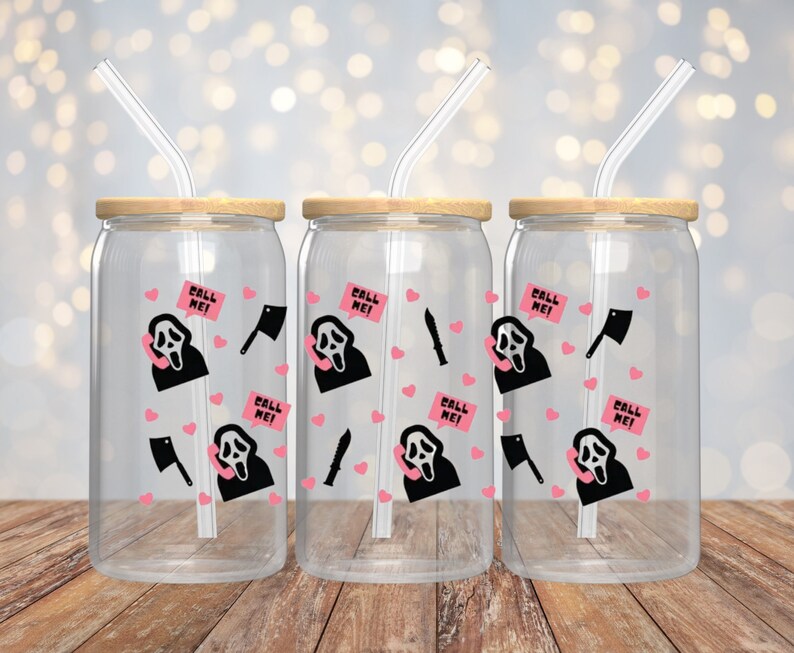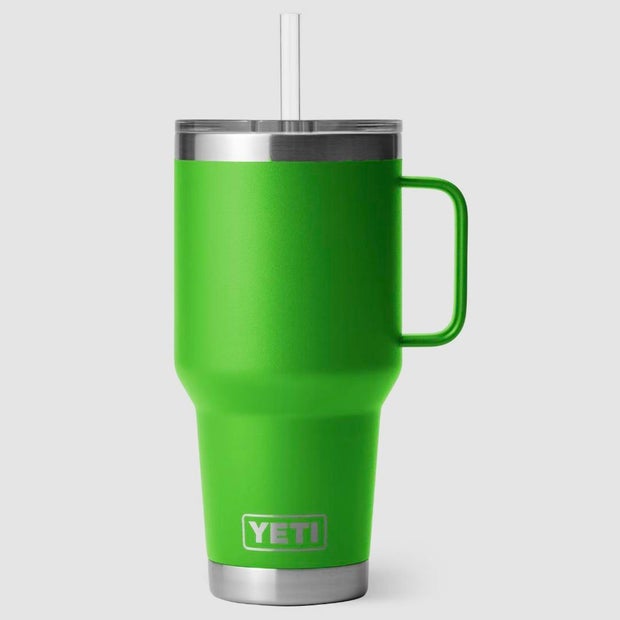
Although these two units are often used interchangeably with drinking cups, the two units are not related – while the traditional measurement in the US is a half pint (236.6 ml), the actual size of a drinking cup can be much larger or smaller. What is a cup? A cup is a familiar and beloved kitchen measure of volume, usually used to measure ingredients in cooking. Let us help you out with an easy-to-use guide to converting how many cups make 14 ounces for your next bake. If this recipe calls for 14 ounces, but your measuring cup only has US/metric measurements, are you left scratching your head? Don’t worry – we’ve all been there. Using these prefixes, you can easily convert volumes between different Metric units, making the Metric system a convenient and versatile system for expressing volumes in various contexts.14 Oz To Cups – How many cups are 14 ounces? Tip Convert 14 oz to cups accurately Are you an avid chef or baker in need of a quick and easy conversion? We all know how difficult it is to measure the right amount of ingredients needed for different recipes. Therefore, 500 milliliters is equal to 0.5 Liter The standard unit of volume in the Metric system is the liter (L).įor example, to convert 500 milliliters to liters, divide the volume by 1000 since there are 1000 milliliters in a liter:

Kilo (k): 1 kilo is equal to 1000 units of the base unit.Here are some common Metric prefixes and their symbols:

These prefixes indicate multiples or submultiples of the base unit, making it easier to work with measurements that are either very large or very small. In the Metric system, prefixes are used to represent different orders of magnitude for a base unit. Similarly, you can apply the appropriate conversion factor to convert between other US Customary volume units. Therefore, 3 gallons is equal to 12 quarts. Multiply the value in the starting unit by the conversion factor to obtain the equivalent value in the target unit.įor example, let's say you want to convert 3 gallons to quarts: 1 fluid ounce (fl oz) = 29.5735 milliliters (ml)ģ.Conversion factors for common US Customary volume units are as follows: Find the conversion factor between the two units. Identify the starting volume unit and the target unit for conversion.Ģ. To convert between US Customary volume units, you can follow these steps:ġ. The imperial system is primarily used in the United Kingdom and some other countries, while the US Customary system is used in the United States. The main difference between the two systems lies in the conversion factors used. US Customary volume units are different from imperial volume units.

Some of the common US Customary volume units include fluid ounce (fl oz), cup, pint, quart and gallon. They are primarily used in everyday life, commerce and industry within the country. US Customary volume units are used in the United States to quantify volume.
14 oz to cups how to#
These links will direct you to reliable resources containing conversion factors, dedicated converters, conversion tables, and comprehensive instructions on how to perform the conversions accurately.īelow, you will find information about Metric volume units and US Customary volume units, along with guidance on how to convert within each system. To obtain the necessary conversion factors, you can refer to the links provided at the end of this page. If you require conversions between US Customary and Metric volume units without relying on a converter, you will need access to the appropriate conversion factors since they can be very difficult to remember. It provides a wide range of volume units, allowing you to effortlessly convert between them with ease and accuracy.

If you want to convert between all volume units, explore our comprehensive all volume units converter. To use the volume converter, you can input a value in any of the provided fields and the corresponding fields will be automatically populated with the calculated results. The volume unit converter above allows users to quickly and accurately convert between popular US Customary and Metric volume units.


 0 kommentar(er)
0 kommentar(er)
